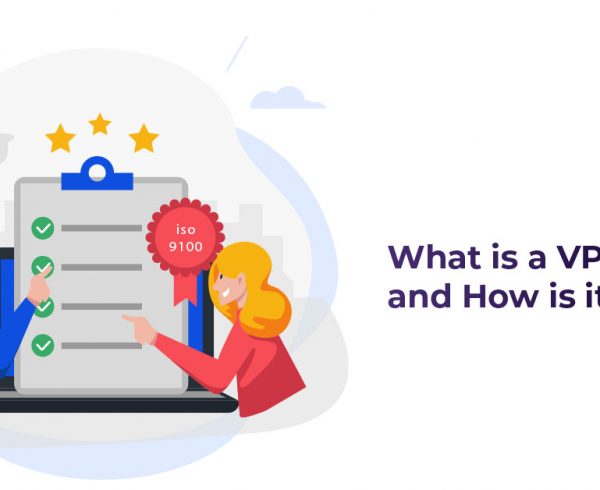What is VPAT?
How accessible is your ICT product? VPAT helps answer that question for you. Voluntary Product Accessibility Template (VPAT) is a document drawn up by the developer of a product or the vendor, which describes how well an information and communications technology (ICT) product or services such as hardware, software, electronic content and support documentation conforms to the accessibility standards of Section 508 of the U.S. Rehabilitation Act of 1973, as amended, for IT accessibility. It is a reporting format in which the conformance of accessibility of Information and Communication Technology (ICT) products and services is documented.
VPAT can be used to evaluate accessibility standards compliance for mobile applications, websites, software, documentation or hardware.
The Information Technology Industry Council (ITIC), as www.barrierbreak.com states, develops the VPAT and sees to it that it is up to date with all the latest developments of different ICT accessibility standards and guidelines.
VPAT consists of different Editions, WCAG, Section 508, EN 301 549 and International (Int), which include different accessibility standards and guidelines. All the 3 leading ICT accessibility standards are included in the INT Edition of VPAT.
The current VPAT includes the U.S. Revised Section 508, European EN 301 549, and WCAG standards, which the regulations of many jurisdictions require. VPAT is available in four editions:
- WCAG edition – Compliance to the W3C Web Content Accessibility Guidelines 2.0 or 2.1.
- 508 edition – Compliance to the U.S. Revised Section 508 standards
- EU edition – The European edition which is used for reporting compliance to the EN 301 549 standard
- INT edition – For reporting compliance to all 3 standards, there is the international edition
Voluntary Product Accessibility Template also points out that the rows of each table in the VPAT address each accessibility requirement for ICT products. The rows are grouped into sections to match the organization of the particular standard. In these standards, there are different sections for different technical aspects of a product such as software, hardware, web content, two-way voice communications, documentation, and product support services.
Each VPAT table has three columns:
- the first column identifies individual requirements
- the second column is where the degree of compliance to the requirement is to be documented
- and the third column contains remarks and explanations further describing the level of conformance
Since section 508 was refreshed in 2017 and currently measures accessibility with the Web Content Accessibility Guidelines (WCAG) 2.0 criteria, one must ensure to get VPAT 2.0 (or higher). VPAT 2.4 which was revised in February 2020 became available for download on March 7, 2020.
Who draws up the VPAT?
Normally, vendors produce the VPAT; the vendor provides the details of each aspect of the requirements and how a particular product supports each criterion in the document.
Rationale for VPAT: Why VPAT?
The aim of a VPAT is to enable and empower buyers of ICT products to make informed decisions about the accessibility and openness before making a purchase. As www.sonoma.edu points out, a VPAT helps in various ways.
- Understand the level of accessibility compliance of a product and the functional details before buying them.
- Compare with other similar products the degree of compliance.
- Choose a product that best suits the accessibility criteria besides the organization’s functional and legal requirements.
- Importantly, when an accessible product is not available, to plan for an equally effective and accessible one.
- VPAT provides accessibility and social inclusion for special groups of people like those who are disabled and living in developing countries, the aged, and those living in remote rural areas.
- VPAT provides a means for companies and organizations to show their accessibility compliance and their conformity to standards that have been put in place by the Information Technology Industry Council.
VPAT enables government agencies to evaluate the conformity of a company’s products and services while also enabling organizations to self-report their competence and compliance levels in their services.
How does one get a VPAT?
Some vendors publish their VPATs on their website, while others provide it in response to requests raised through their sales or support contact.
Is it compulsory to obtain a VPAT?
According to Section 508 of the Rehabilitation Act, government agencies are required to make ICT accessible to people with disabilities. Section 508 is applied to the CSU by the State of California.
However, a VPAT is optional for vendors – they may choose not to create or provide a VPAT.
Conclusion
VPAT is highly beneficial in the long run for all organizations. Through VPAT, not only are the government agencies able to evaluate and analyse the commitment to the conformity of the companies but also see growing transparency in the organizations as they self-report their compliance and competence levels in their services; this transparency positively impacts their goals.







